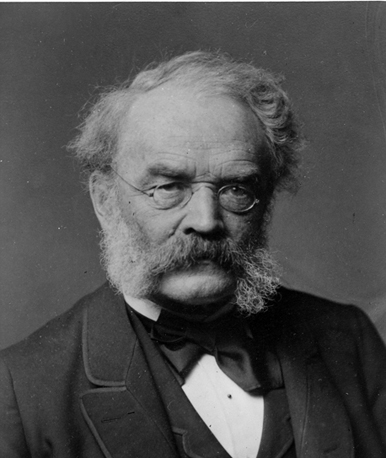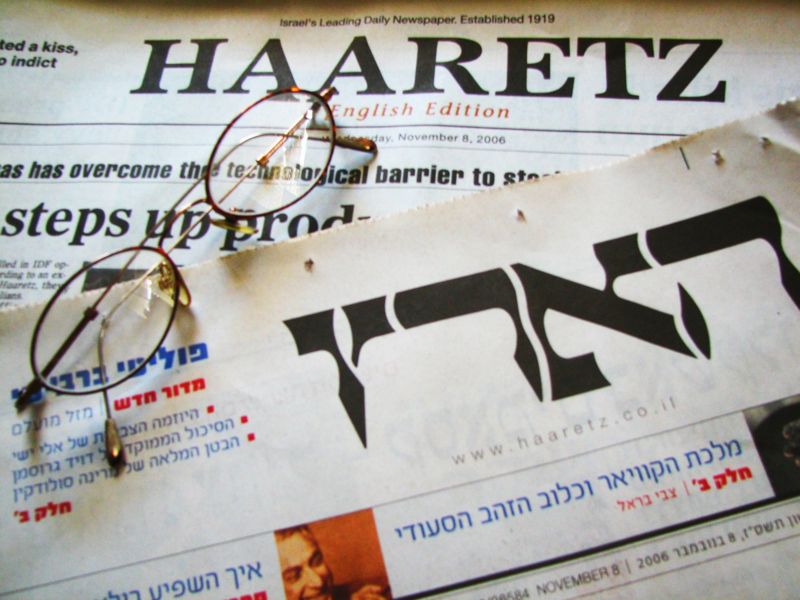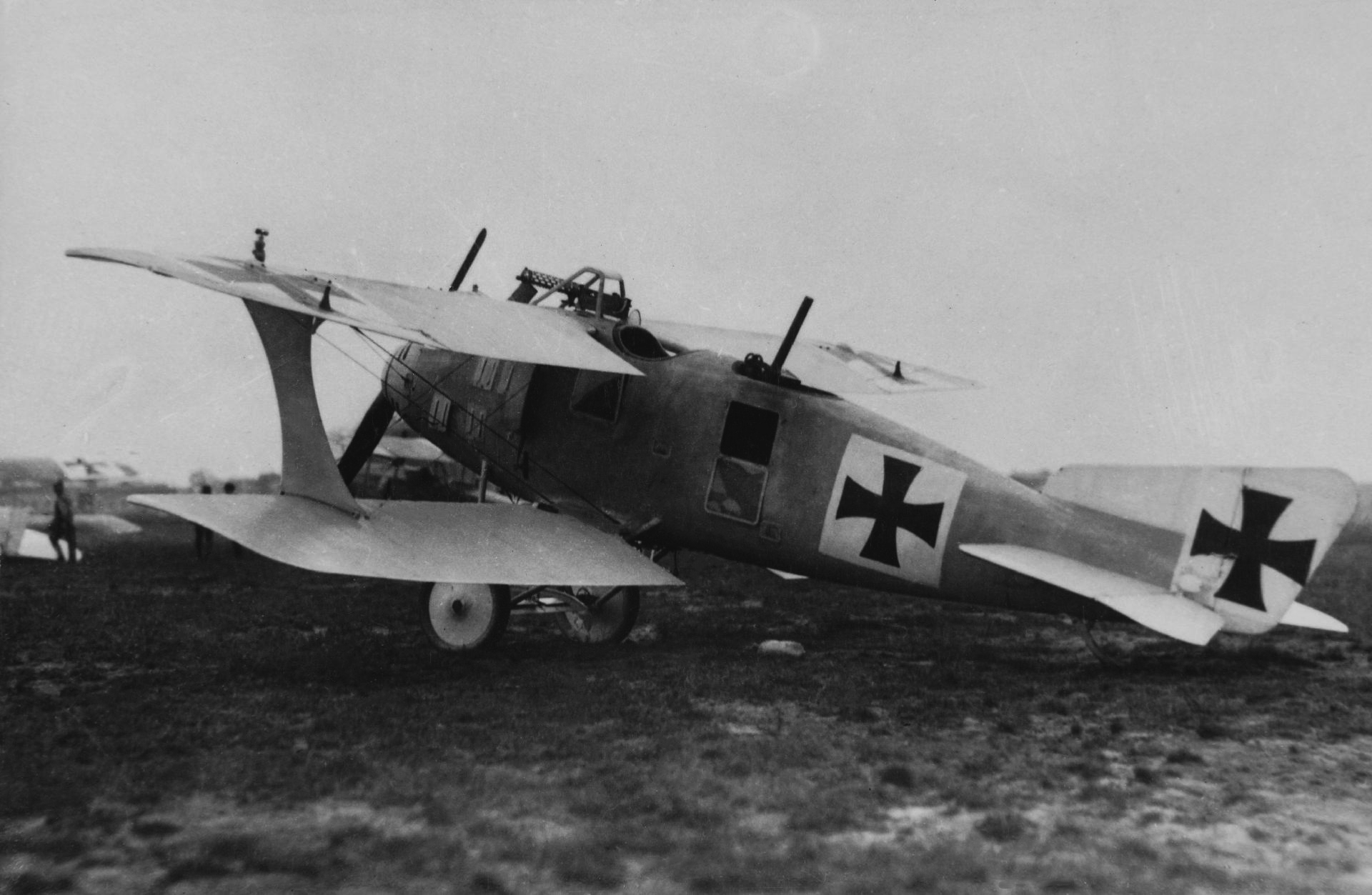|
Siemens Viaggio Light
Siemens Viaggio Light is a standard gauge single-deck passenger train made by Siemens, Siemens AG, initially as the diesel engine, diesel ISR SDPP (single deck push-pull) trainset for Israel Railways. The first order included 87 cars, with an option for a total of 585 cars. The cars arrived in Israel during 2008 and are gradually entering service in 2009. They were coloured blue and white after the scheme won in a public poll published by Israel Railways. There have been a number of controversies surrounding the trains. After their delivery had been delayed by the manufacturer, problems were discovered in them and they were taken out of service in May 2009 but have since been gradually put back into service. Israel Conception and delivery Siemens, Siemens AG was chosen by Israel Railways to provide 87 cars for Israeli new sheqel, NIS 700 million, with an option for a total of 585 cars for NIS 4 billion, following an international tender in which Alstom and Bombardier Transportat ... [...More Info...] [...Related Items...] OR: [Wikipedia] [Google] [Baidu] |
Israel Railways
Israel Railways Ltd. (, ''Rakevet Yisra'el'') is the state-owned principal railway company responsible for all inter-city, commuter, and freight rail transport in Israel. Israel Railways network consists of of track. All its lines are standard gauge but some were originally built to other gauges and later regauged. Electrification began in 2018 with the new line to Jerusalem and there are ambitious plans to electrify the entire network at 25 kV 50 Hz supplied via overhead line. The network is centered in Israel's densely populated coastal plain, from which lines radiate out in many directions. In 2018, Israel Railways carried 68 million passengers. Unlike road vehicles and city trams, Israeli heavy rail trains run on the left hand tracks, matching neighboring Egypt and other Middle Eastern countries, whose formerly connected rail networks were constructed by British engineers. Those lines that formerly crossed Israel's borders were severed during the 1948 Palestine war an ... [...More Info...] [...Related Items...] OR: [Wikipedia] [Google] [Baidu] |
Siemens Viaggio Light Train At Tel Aviv Central Train Station, 2008-12-26
Siemens AG ( ) is a German multinational technology conglomerate. It is focused on industrial automation, building automation, rail transport and health technology. Siemens is the largest engineering company in Europe, and holds the position of global market leader in industrial automation and industrial software. The origins of the conglomerate can be traced back to 1847 to the ''Telegraphen Bau-Anstalt von Siemens & Halske'' established in Berlin by Werner von Siemens and Johann Georg Halske. In 1966, the present-day corporation emerged from the merger of three companies: Siemens & Halske, Siemens-Schuckert, and Siemens-Reiniger-Werke. Today headquartered in Munich and Berlin, Siemens and its subsidiaries employ approximately 320,000 people worldwide and reported a global revenue of around €78 billion in 2023. The company is a component of the DAX and Euro Stoxx 50 stock market indices. As of December 2023, Siemens is the second largest German company by market capitaliz ... [...More Info...] [...Related Items...] OR: [Wikipedia] [Google] [Baidu] |
Electro-Motive Diesel
Electro-Motive Diesel (abbreviated EMD) is a brand of diesel-electric locomotives, locomotive products and diesel engines for the rail industry. Formerly a division of General Motors, EMD has been owned by Progress Rail since 2010. Electro-Motive Diesel traces its roots to the Electro-Motive Engineering Corporation, founded in 1922 and purchased by General Motors in 1930. After purchase by GM, the company was known as GM's Electro-Motive Division. In 2005, GM sold EMD to Greenbriar Equity Group and Berkshire Partners, and in 2010, EMD was sold to Progress Rail, a subsidiary of the heavy equipment manufacturer Caterpillar Inc., Caterpillar. Upon the 2005 sale, the company was renamed to Electro-Motive Diesel. EMD's headquarters and engineering facilities are based in McCook, Illinois, while its final locomotive assembly line is located in Muncie, Indiana. EMD also operates a traction motor maintenance, rebuild, and overhaul facility in San Luis Potosí City, San Luis Potosí, Mexico ... [...More Info...] [...Related Items...] OR: [Wikipedia] [Google] [Baidu] |
Haaretz
''Haaretz'' (; originally ''Ḥadshot Haaretz'' – , , ) is an List of newspapers in Israel, Israeli newspaper. It was founded in 1918, making it the longest running newspaper currently in print in Israel. The paper is published in Hebrew language, Hebrew and English language, English in the Berliner (format), Berliner format, and is also available online. In North America, it is published as a weekly newspaper, combining articles from the Friday edition with a roundup from the rest of the week. ''Haaretz'' is Israel's newspaper of record. It is known for its Left-wing politics, left-wing and Liberalism in Israel, liberal stances on domestic and foreign issues. ''Haaretz'' has the third-largest Print circulation, circulation in Israel. It is widely read by international observers, especially in its English edition, and discussed in the international press. According to the Center for Research Libraries, among Israel's daily newspapers, "''Haaretz'' is considered the most infl ... [...More Info...] [...Related Items...] OR: [Wikipedia] [Google] [Baidu] |
International Railway Journal
The ''International Railway Journal'' (''IRJ'') is a monthly international trade magazine published by Simmons-Boardman Publishing in Falmouth, England. History Founded by Robert Lewis and '' Railway Age'' editor Luther Miller as the world's first globally distributed magazine for the railway industry, the first edition of IRJ was published as a pilot in October 1960. Monthly production commenced in January 1961. Content The magazine covers a range of rail-related content, covering sectors including passenger, freight, high-speed, metro and light rail. Regular subject matters include financial news, fleet orders, infrastructure, new technologies and government policy. Circulation and Distribution IRJ publishes regular content on its website, and also publishes a monthly print edition, distributed through controlled circulation. IRJ's print edition had a circulation of 10,234 copies in 2020, according to the Audit Bureau of Circulations (UK). [...More Info...] [...Related Items...] OR: [Wikipedia] [Google] [Baidu] |
Globes (newspaper)
''Globes'' () is a Hebrew-language daily evening financial newspaper in Israel. ''Globes'' was founded in the early 1980s and published in Tel Aviv, Israel. It deals with economic issues and news from the Israeli and international business worlds. The paper is printed on salmon-colored paper, inspired by the British ''Financial Times''. ''Globes'' was one of the first Israeli dailies to publish its contents on the Internet, dating back to April 1995. Its web version publishes in Hebrew and English. According to TGI 2022 media survey, ''Globes'' market share is 4.1% among Israeli financial newspapers. Its main competitors as Israeli financial newspapers in printed media are '' TheMarker'', of the ''Haaretz'' group, and '' Calcalist'', published by the '' Yedioth Ahronoth'' Group. History The daily paper founded by Haim Bar-On, the publisher of the newspaper, on the basis of a small, Haifa-based financial newspaper, in partnership with businessman Eliezer Fishman. Following the ... [...More Info...] [...Related Items...] OR: [Wikipedia] [Google] [Baidu] |
Ynet
Ynet (stylized in all lowercase) is an Israeli news and general-content website, and the online outlet for the '' Yedioth Ahronoth'' newspaper. History Ynet launched on June 6, 2000, in Hebrew, following other Hebrew outlet's website launches including ''Haaretz'', Maariv and '' Globes''. According to ''Globes'', the launch of Ynet may have been delayed due to concerns about Ynet cannibalizing the '' Yedioth Ahronoth'' newspaper. The website had 130 staff members at launch, and the original columnists included Ofer Shelah and Gadi Taub. Its content is separate from the newspaper. In addition, Ynet hosts the online version of Yedioth Aharanot's media group magazines: Lalsha (which also operates Ynet's fashion section), Pnai Plus, Blazer, GO Magazine, and Mentha. For two years, Ynet also had an Arabic edition, which ceased operation in May 2005. Ynet's main competition comes from Walla!, Mako and Nana. Since 2008, Ynet is Israel's most popular internet portal, as measured ... [...More Info...] [...Related Items...] OR: [Wikipedia] [Google] [Baidu] |
Seat Pitch
An airline seat is a seat on an airliner in which passengers are accommodated for the duration of the journey. Such seats are usually arranged in rows running across the airplane's fuselage. A diagram of such seats in an aircraft is called an aircraft seat map. Within the industry, this map is known as a LOPA (Layout-Passenger Accommodation). Features and amenities Seats are attached to rails underneath the floor which run along the aircraft fuselage. If the airline wants to reconfigure the seating, this is a minor operation. For passenger safety, all airline seats are equipped with seatbelts. Basic amenities Seats are frequently equipped with further amenities. Airline seats may be equipped with a reclining mechanism for increased passenger comfort, either reclining mechanically (usually in economy class and short-haul first and business class) or electrically (usually in long-haul first class and business class). Most aircraft also feature trays for eating and reading ... [...More Info...] [...Related Items...] OR: [Wikipedia] [Google] [Baidu] |
Monocoque
Monocoque ( ), also called structural skin, is a structural system in which loads are supported by an object's external skin, in a manner similar to an egg shell. The word ''monocoque'' is a French term for "single shell". First used for boats, a true monocoque carries both tensile and compressive forces within the skin and can be recognised by the absence of a load-carrying internal frame. Few metal aircraft other than those with milled skins can strictly be regarded as pure monocoques, as they use a metal shell or sheeting reinforced with frames riveted to the skin, but most wooden aircraft are described as monocoques, even though they also incorporate frames. By contrast, a semi-monocoque is a hybrid combining a tensile stressed skin and a compressive structure made up of longerons and ribs or frames. Other semi-monocoques, not to be confused with true monocoques, include vehicle unibodies, which tend to be composites, and inflatable shells or balloon tanks, both of whi ... [...More Info...] [...Related Items...] OR: [Wikipedia] [Google] [Baidu] |
Railway Coupling
A coupling or coupler is a mechanism, typically located at each end of a rolling stock, rail vehicle, that connects them together to form a train. The equipment that connects the couplers to the vehicles is the draft gear or draw gear, which must absorb the stresses of the coupling and the acceleration of the train. Throughout the history of rail vehicles, a variety of coupler designs and types have been developed worldwide. Key design considerations include strength, reliability, easy and efficient handling, and operator safety. Automatic couplers engage automatically when the cars are pushed together. Modern versions not only provide a mechanical connection, but can also couple brake lines and data lines. Different countries use different types of couplers. While North American railroads and China use Janney couplers, railroads in the former Soviet Union use SA3 couplers and the European countries use Scharfenberg coupler, Scharfenberg and Buffers and chain coupler, screw ... [...More Info...] [...Related Items...] OR: [Wikipedia] [Google] [Baidu] |
International Union Of Railways
The International Union of Railways (, UIC) is an international rail transport industry body based in Paris. History The railways of Europe had originated during the nineteenth century as many separate concerns across numerous nations; this led to disparate and conflicting standards emerging and thus onto incompatibility. One prominent example was the British Gauge War, during which different rail transport, railway companies were laying different track gauges across Great Britain, causing inefficiency wherever a break of gauge occurred, prior to an Regulating the Gauge of Railways Act 1846, Act of Parliament the issue in 1846 by establishing one standard gauge of . The early effort towards standardisation somewhat influenced railways aboard as well, however various other track gauges persisted and developed across the world; even through to the twenty first century, incompatible track gauges, let alone other issues, persisted to hinder interoperability efforts. Several key eve ... [...More Info...] [...Related Items...] OR: [Wikipedia] [Google] [Baidu] |






